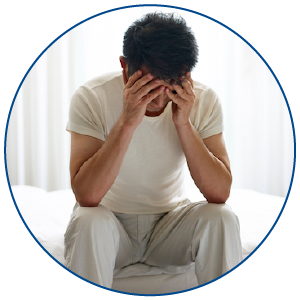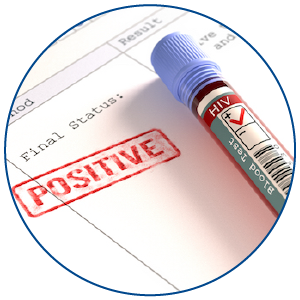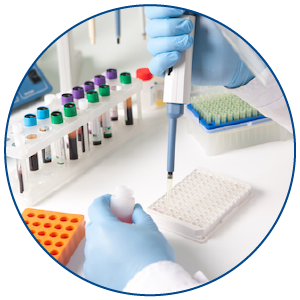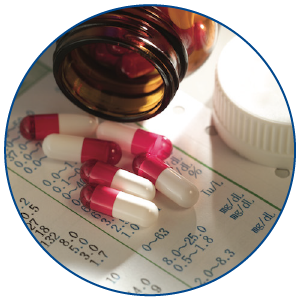
Introduction
Pubic lice are tiny parasitic insects that live in coarse body hair, such as pubic hair. They are yellow-grey and about 2mm long. The eggs are called nits and appear as brownish dots fixed to coarse body hair. Pubic lice are different from the head lice which some people get on their scalp. Pubic lice have nothing to do with poor hygiene.
Pubic lice is common. These infections are easily passed from one person to another through close body contact or sexual contact. Both men and women can get and pass them on, and it is possible for children to get scabies through close body contact.




